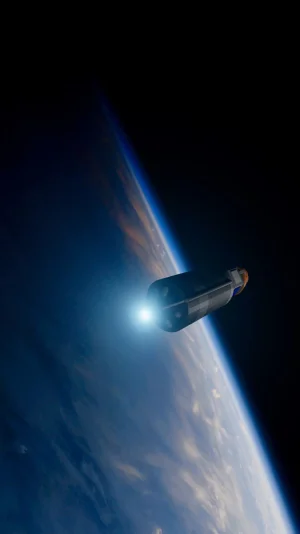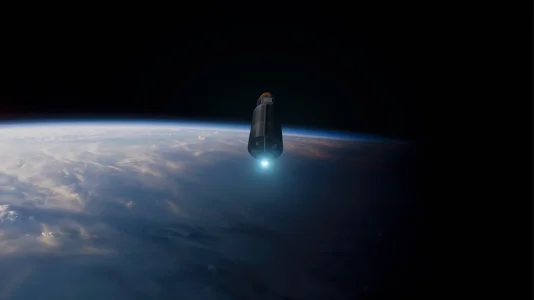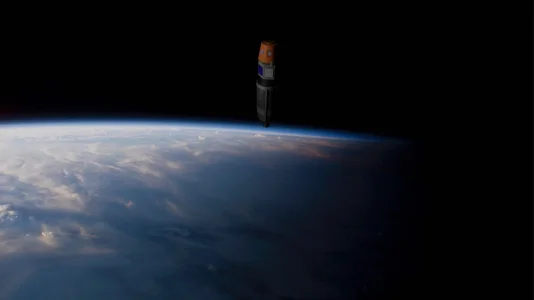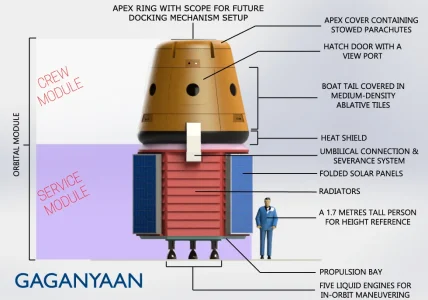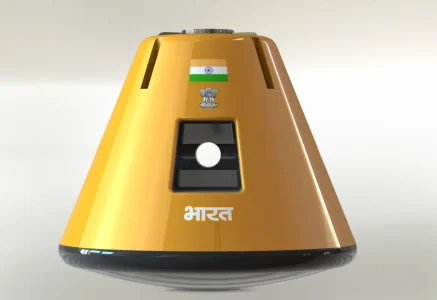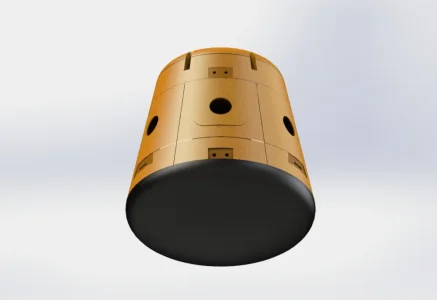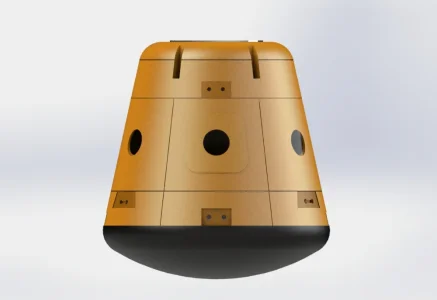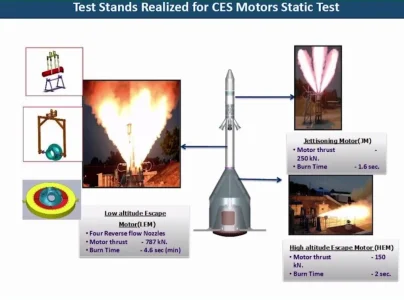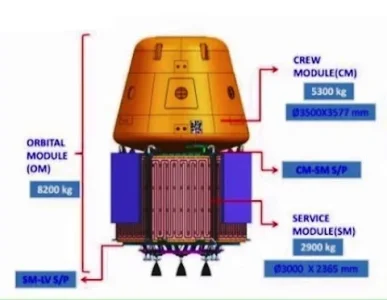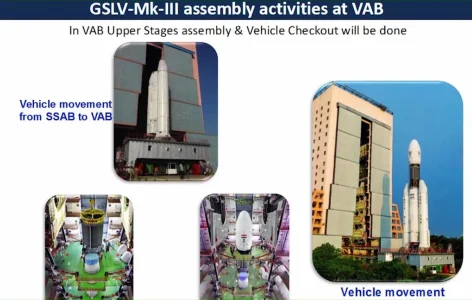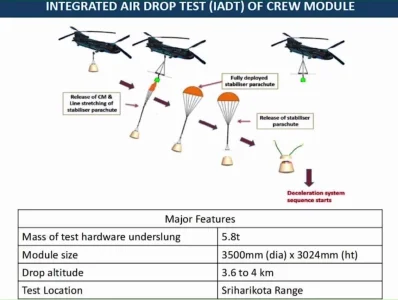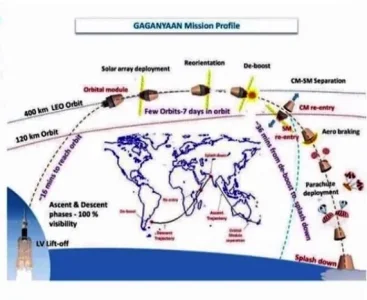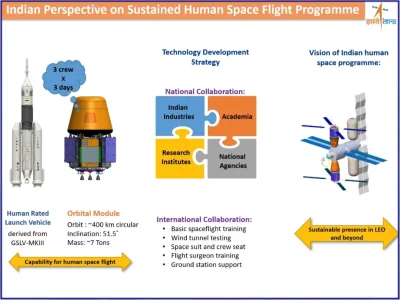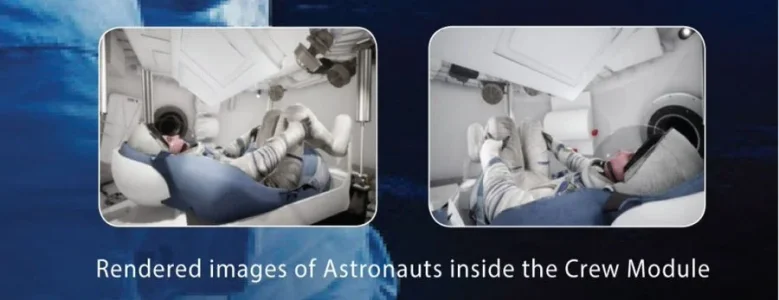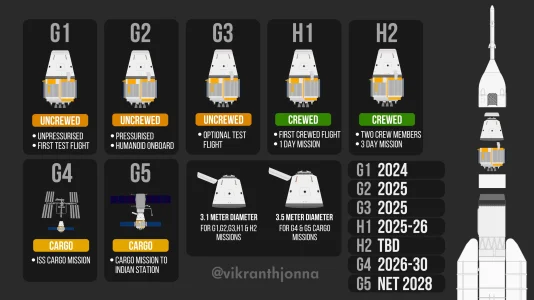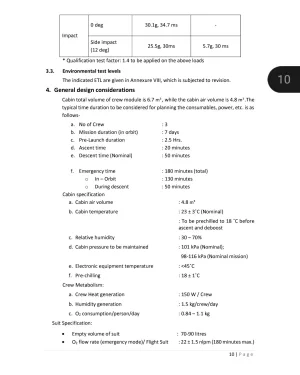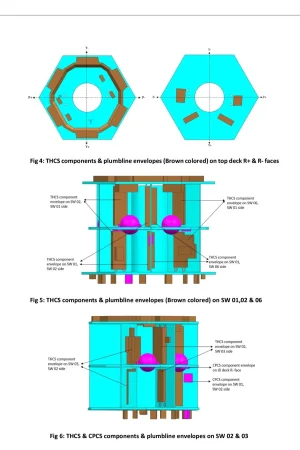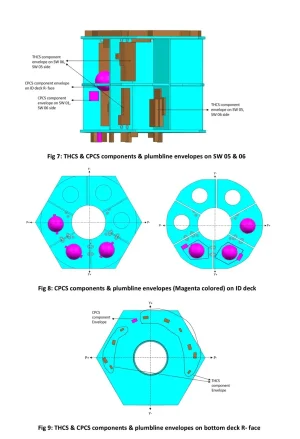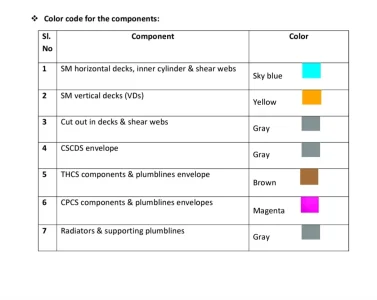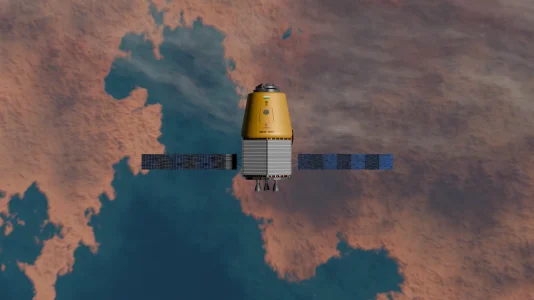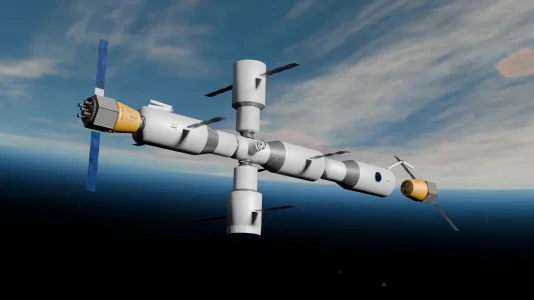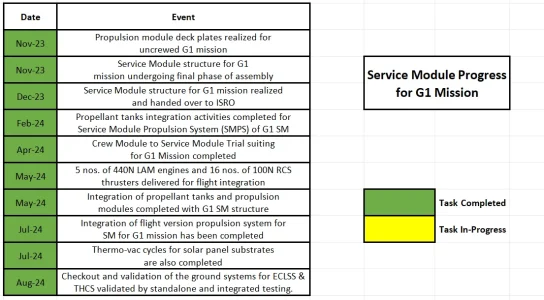- Joined
- Jun 27, 2024
- Messages
- 375
- Likes
- 2,035
Introduction if Vyommitra


- Even before orbiting astronauts on India's first manned mission to the space in December 2021, ISRO will send the 'lady robot', in the unmanned Gaganyaan spacecraft. Explaining her role in the mission, the robot said: "I can monitor though module parameters, alert you and perform life support operations. I can perform activities like switch panel operations..."
- This after ISRO chairman K Sivan had said last year: "We want to make sure that this mission serves a purpose beyond displaying our ability to send humans and bring them back safely." He said that ISRO would fly the humanoid in the two unmanned flights (in December 2020 and July 2021, according to the space agency) planned before the actual human spaceflight mission in early 2022.
- Vyommitra is expected to conduct a handful of experiments in space from at least 10 areas on both occasions. These range from testing medical equipment in space to microbiological experiments such as biological air filters and biosensors, and from life support and biomedical waste management to monitoring toxic gases.
- She will also simulate human functions in space and also interact with the environment control life support system. "It will be simulating exactly the human functions there (in space). It will check whether the system is right. This will be very useful to simulate, as if a human is flying," Sivan added.
- Elaborating on the Gaganyaan mission further, he said the space agency has already developed and demonstrated key technologies such as having an operational launcher with 10-tonne payload capability to lower orbit, demonstration of mission design and management and recovery systems like space-qualified parachutes.


